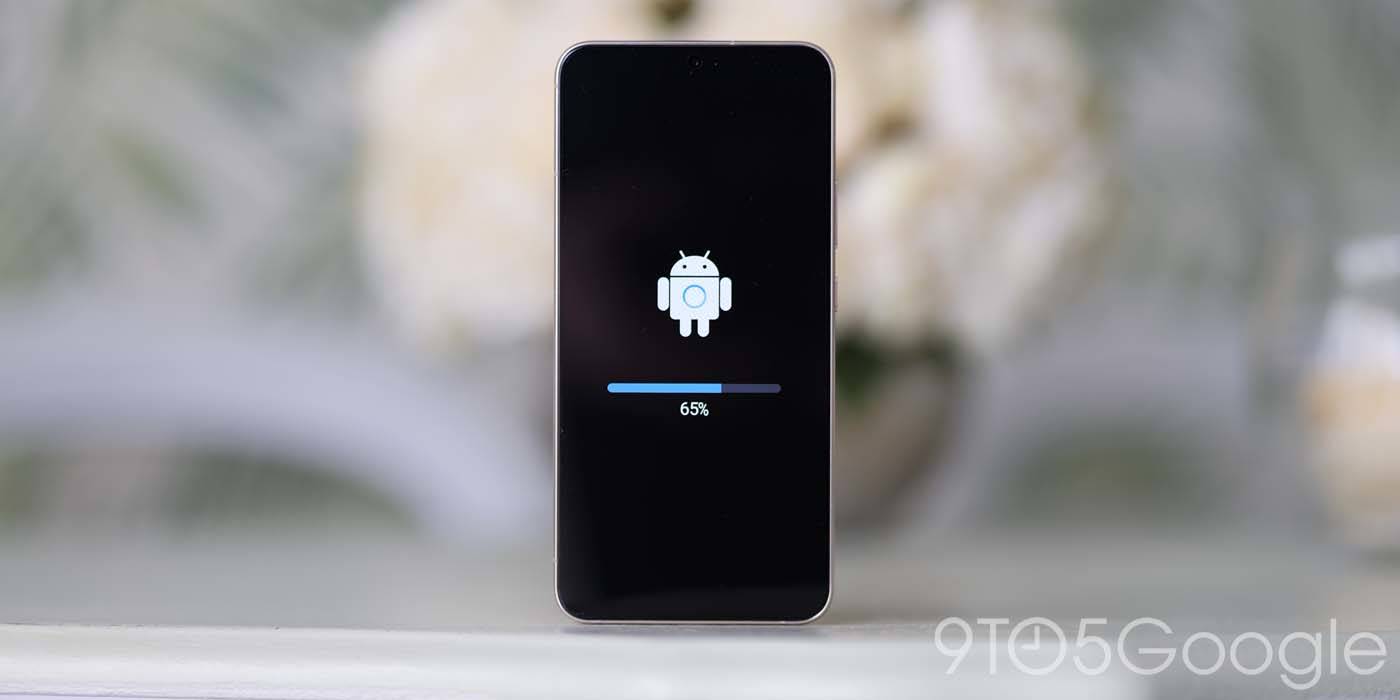
It’s taken way too long, but after the better part of eight years now, Samsung has finally adopted Android’s Seamless Updates on its latest Galaxy devices.
Seamless Updates were first introduced in Android Nougat way back in 2016, almost eight years ago now. The feature allows devices to install an update in the background and apply the update on a reboot. While it’s typically slower and can eat up more storage, the A/B partition allows for a safer install as a messed-up installation can be reverted to the prior software build. It also leaves the device fully usable during the lengthy install process. Google has also made improvements to Seamless Updates over the years, with the feature now being much faster and also requiring less storage using a “virtual A/B mechanism.”
Yet, for all this time, Samsung has repeatedly skipped out on this feature that virtually every other Android OEM currently uses.
That’s finally changed now, though, as the Samsung Galaxy A55 is the company’s first smartphone with Seamless Updates support for Android updates.
The change was spotted on the new mid-range device by early buyers (via Mishaal Rahman) as well as SamMobile and The Mobile Indian. On downloading an update on the device, a new “downloading and installing” message appears with “Restart Now” appearing when the device has the update installed. Existing Samsung smartphones have an “Install Now” prompt when the update has finished downloading.

Will Samsung’s existing devices add support for Seamless Updates? Probably not. Generally, this is a feature configured before the device is in the customer’s hands. Back in 2016, Google had confirmed that existing devices wouldn’t support it.
However, future Samsung Galaxy devices are very likely to support Seamless Updates going forward. It was revealed earlier this year that Android is moving to only support this form of update, and while Samsung could technically work out a way to stick with its existing model, it seems the company has decided to just give in to how Android is supposed to work in 2024.
More on Android:
- Samsung Galaxy A55 and Galaxy A35 launch with four years of Android updates
- Android rolling out cloud photo picker with Google Photos support
- The Epic Games Store is coming to Android
Follow Ben: Twitter/X, Threads, Bluesky, and Instagram
FTC: We use income earning auto affiliate links. More.




Comments